This Post May Contain Affiliate Links. Please Read Our Disclosure Policy.
If you’re considering the ultra low carb keto but not sure where to start, our Keto Diet for Beginners guide covers everything you need, from what is the keto diet, to keto benefits and symptoms, foods to eat and what to avoid, alcohol, veganism, and more.
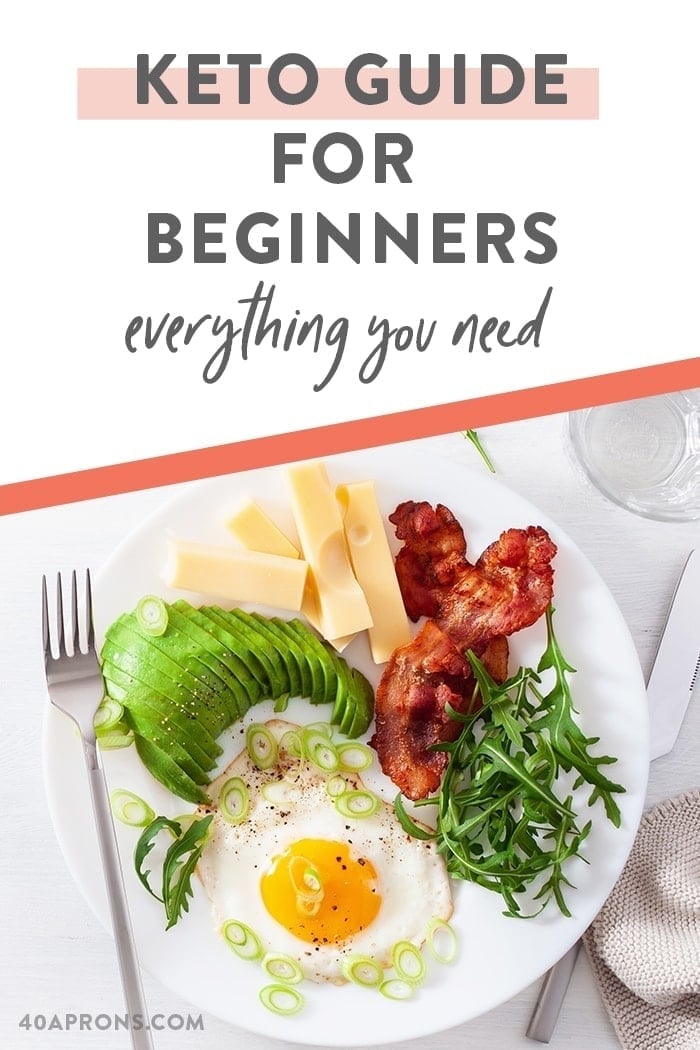
What is the Keto Diet?
Keto seems to be everywhere right now. From celebs to the girl you went to high school with that you don’t really know but are facebook friends with for some reason…everyone is talking about it, and they’re mostly talking about the amount of weight loss they’re having success with. So, you dive in and do a little research, and find that the recipes involve the BBC. Bacon. Butter. Cheese. Your first thought may have been “Is that even healthy?” and on second thoughts, “All that bacon? SIGN. ME. UP.” Here, we’re going to break it down for you, the good stuff and the bad, so when you give it a go, it’s a smooth transition from the diet you normally stick to.
The Keto diet is when you put your body into a state of ketosis through the foods you eat.
What is ketosis?
I hear you! Sounds science-y, I know.
Ketosis is where your body burns fat for fuel instead of carbohydrates. Carbs tend to provide the most food energy for most people. By limiting your carb intake, your body naturally looks for other sources of energy to sustain you.
Human bodies want to preserve muscle & tissue, so when your carb supplies run out, it usually turns to fat to burn for energy.
Another major selling point to ketosis is the type of energy that you feel. In a normal diet including a good number of carbs, you will feel a rush of energy after eating, and then a bit of a slump a couple of hours later.
But when you limit your carbs and are burning mostly fat, you sustain a steady flow of energy. Not too high, but you also don’t feel dead after a few hours.
The energy is steady, strong, and stable. Oh, and did I mention you’re blasting fat while you’re at it? Like LEVEL TEN.
Keto Diet Benefits
- The initial weight loss – many people experience a “whoosh” of weight loss in the first 2-3 weeks.
- Less appetite – fat keeps you fuller for longer, so you feel less of a need to eat throughout the day
- Better energy – less of the ups and downs that sugar would give you, more of an even, sustained energy level
- Better sleep – many report being on keto made it easier to get to sleep and stay asleep.
- Increased levels of HDL cholesterol – that means an increase in the “good cholesterol”!
- Reduced blood sugar, insulin, and triglyceride levels – naturally, as you reduce sugar in your body, these levels usually improve.
Keto Diet Drawbacks
- Keto flu (see above)
- Constipation – reduced grains, legumes & fruit (a.k.a. fiber) may result in constipation
- Keto breath – some people have a short term side effect where they have a metallic taste in their mouth, and their breath doesn’t smell great. The good news is your body will adjust and take care of it as it gets used to thriving on keto! Drinking water and chewing sugar-free gum can help in the meantime.
- Cravings – you may crave the foods you usually eat! Cutting out sugar is one of the more difficult things to do as it is so addictive. Zero-carb sugar substitutes can sometimes help hit that sweet spot when needed.
- Social issues – going to restaurants or other people’s homes for dinner can be tricky. Usually, restaurants will be accommodating (sauces/dressings on the side, no bread, etc.). If you’re going to a friend or family member’s house, offer to bring a side or keto-friendly dessert!
- Hidden carbs in foods – there is flour in grated cheese, tons of sugar in flavored yogurts, bread in a lot of sausages. Reading labels will keep you in check.
As a keto beginner, how do I put my body into ketosis?
This number will vary depending on your height/weight/activity levels, but most people will consume 20g of carbs or less per day to reach ketosis.
The typical macros that I use to maintain keto are
- 5% carbs,
- 20% protein, and
- 75% fat (or until you are full).
Here is an easy-to-use online keto calculator to make things a bit easier to figure out – just put in your stats and it will tell you how many grams of carbs, fat, and protein you will need to hit your calorie goals.
Thank god for net carbs.
So, it turns out that some carbs are okay on the keto diet. When you’re calculating your carbs for a certain food, your nutrition label will list Total Carbohydrate, then Dietary Fiber, and then Total Sugars. To figure out your net carbs (i.e. the carbs you count towards your daily totals), subtract your dietary fiber from your total carbs. For example, a 149g tomato will have 6g total carbohydrates and 2g dietary fiber. 6g-2g=4g, so you will add 4g net carbs to your count for the day.
We built a super easy-to-use Net Carb calculator that subtracts out the fiber and sugar alcohols and leaves you JUST with net carbs. All you need to know!
Testing for Ketosis
There are multiple ways to test your body for ketosis.
Easy and cheap but not as precise: Keto test strips. These work by testing your urine for the presence of ketones and their size. The larger the ketones, the further into ketosis you are. They’re simple but not as accurate as other methods but great for beginners. This is what Cheryl used.
More expensive but very precise: Blood meter. I mean, ouch. I’m not so into analyzing my state of ketosis that I’m going to be pricking myself for a result, but if you’re really committed, a blood meter is fantastic! Bonus, this meter tests for blood glucose, too.
Accurate and pain-free: Breath meter. Test your ketones by breathing on a device… really. Accuracy seems to vary from device to device, but this one has been tested by many customers as accurate. And hey, no blood required!
Keto Foods to Enjoy
Thinking about what to eat on keto can seem simple for beginners, but there are so many hidden carbs out there. Not only that, there are carbs where you’d never have suspected them! Getting to know what to eat on keto can be a challenge at first, but following this list of keto foods to enjoy can help beginners get a handle on what’s keto-friendly and what’s going to kick you out of ketosis.
- red meat
- poultry
- seafood
- full-fat dairy
- organ meats
- leafy greens
- some vegetables
- berries in moderation
- nuts
- oils
Foods to avoid on Keto:
- all sugars (castor sugar, honey, maple syrup, agave syrup, etc.)
- grains (eg. bread, rice, couscous, quinoa)
- legumes
- starchy vegetables
- most fruit
- some types of shellfish (mussels, abalone, whelk, oysters)
- meats with breadcrumbs hidden in them (some deli meats, some sausages)
- Some dairy – packaged shredded cheese, low-fat dairy, flavored yogurts
Vegetables and fruits are full of surprises.
Unfortunately, carby surprises. Did you know that 1 cup of onion has 14g net carbs?! Insane. These are the net carbs for some of my favorite vegetables and fruits, per 100g:
- Romaine – 1g
- Collard greens – 1g
- Garlic – 1g per clove
- Celery – 1.5g
- Iceberg lettuce – 1.5g
- Spinach – 2g
- Asparagus – 2g
- Zucchini – 2g
- Summer squash – 2g
- Avocado – 2g
- Button mushrooms – 2g
- Radish – 2g
- Cucumber – 3g
- Green Pepper – 3g
- Eggplant – 3g
- Tomato – 3g
- Cabbage – 3.5g
- Green Beans – 3.5g
- Cauliflower – 4g
- Broccoli – 4g
- Okra – 4g
- Red Peppers – 4g
- Portabella mushrooms – 4g
- Turnips – 4g
- Yellow Peppers – 5g
- Brussels Sprouts – 5g
- Spaghetti Squash – 5.5g
- Pumpkin – 6g
- Beetroot – 7g
- Carrots – 7g
- Onion – 7g
- Kale – 8g
- Shiitake mushrooms – 12g
- Potato – 15g
- Corn – 16g
- Sweet Potato – 17g
Fruit per 100g:
- Green olives – 0.5g
- Avocado – 2g
- Rhubarb – 3g
- Blackberries – 4g
- Raspberries – 5.5g
- Strawberries – 5.5g
- Grapefruit – 6.5g
- Watermelon – 7g
For more information on which foods to eat on keto, check out this guide.
And for my favorite keto supplements, check out Perfect Keto. I love, love, love their collagen, MCT oil powder, keto nut butter, and test strips. Click this link for 15% off at Perfect Keto.
Can you have alcohol on keto?
You can! Alcohol functions within the same net carb framework as all other foods do. You’ll want to stick with the lowest carb drinks so you can stay within your 20g (ish) budget of net carbs per day. Most pure liquors contain no carbs at all, like vodka, whiskey, rum, etc.
Some of our favorites are:
- Vodka soda: 0g net carbs (1-2g more with a little lime juice)
- Hard sparkling water, like White Claw: about 2g net carbs
- Dry wines, like cabernet sauvignon, chardonnay, or champagne: 1-3g net carbs. Always check!
- Keto Moscow Mule: 1-2g net carbs, made with a shot of vodka, no-carb ginger ale, and a little lime juice
Of course, you’ll want to drink very moderately, but a glass here and there won’t throw you out of ketosis! Learn more about keto-friendly alcohol here.
I’m vegan. What can I eat on keto?
Plenty! On top of the previously mentioned greens, non-starchy veggies, and berries, here are a few vegan-friendly extras.
Good fat sources:
- nuts and seeds – either whole, as butters, or as oils
- avocados, olives & coconuts – whole or as oil
- cacao oil
- MCT oil
Protein sources:
- Seitan
- Tempeh
- Tofu
- Lupini beans
- Low-carb vegan protein powders
Other common vegan-friendly foods that work with keto (read labels!):
- Dairy-free yogurt/cheese/unsweetened milk
- Nutritional yeast
- Jackfruit (in brine or water)
- hummus
A few good vegan keto resources are:
- Meat Free Keto
- Low Carb Vegan
- Vegan Keto on Reddit
- Stacey Homemaker
- Vegan Keto Recipes on Delish
- ChooseVeg
- Healthful Pursuit Keto Vegan and Vegetarian Recipes
Keto Flu
So, you’re a few days into keto, and you feel dead. Just lethargic, headachey, run down. This is the dreaded keto flu.
Keto flu happens because, by reducing your carb intake and changing what you would usually eat, you may not be feeding yourself the electrolytes – sodium, magnesium, and potassium – that you need. This will usually make you feel like you have the flu – lethargic, sore head, just plain run down.
To combat this, you will need to supplement your electrolytes, either in pill form or by making a drink with the electrolytes in it (some call it “snake juice”). Keeping up hydration is also very important, and will make you feel much better if/when keto flu strikes!
I highly recommend Ultima as an electrolyte drink mix. It contains 0g net carbs and is super delicious, too.
Cheryl’s Experience
I personally went keto to get a better understanding of the ultra-low-carb diet and be able to produce better low carb content. I was also thinking, “Hey, I’m still breastfeeding and finding it difficult to lose weight. Maybe this will help, since breastmilk is made from fat, and I’ll be eating tons of that on keto!”
I planned to go keto for a month and meal prepped, stocked the kitchen, loaded up on keto test strips, the whole 9 yards.
Things were fine the first day or two, then I really came down with the keto flu. I felt tired and irritable and had a headache, and mind you, I’m not one to eat too many carbs to start with. It wasn’t until after keto that we started incorporating much rice or many legumes into our diet, so we were fairly low carb to start with. I started drinking electrolyte drinks to help here and felt a little better.
Starting on maybe the second or third day, I started getting painfully achy hips that lasted all day and prevented me from sleeping. At night, my low back started hurting, too, and woke me up and kept me awake. I started supplementing with a calcium, magnesium, potassium blend, although I was still eating as many vegetables as possible, and I stayed mindful of my protein intake (keeping it from being too high).
The supplement did not seem to work, so I ended up taking pain relievers every night to allow me to sleep. I’m not a big medication person to start with, so that was a big yikes for me, but I was hoping it’d pass.
At the same time, my focus was great! I was very productive, which I loved.
After the first few days, I started becoming obsessed with food. This can be a sign your body is in famine mode; you can read more about that in The F*ck It Diet, which I highly recommend.
I was dreaming, like fantasizing all day about big plates of berries and huge plates of broccoli. I didn’t want bread or donuts, just real freaking food that fed my body what I needed. This, combined with the un-troubleshoot-able pains during the day and at night (Trust me, I tried everywhere! Reddit, Facebook groups, doctors – lord!), really forced me to consider quitting keto after only 10 days.
I lost a few pounds, although I was up in water weight after an indulgent weekend of travel with my bestie. The weight returned almost immediately. My hip and back pain stopped immediately. I decided to quit keto one afternoon, ate “normally” for us that night (That giant plate of broccoli was on the menu!), and that night, the pain was completely gone.
Keto was just not for me, but it’s been an effective weight-loss tool for other people I know.
Be sure to educate yourself on the long-term health consequences of low-carb diets and consider keto for the short term.
Keto Recipes You Might Like
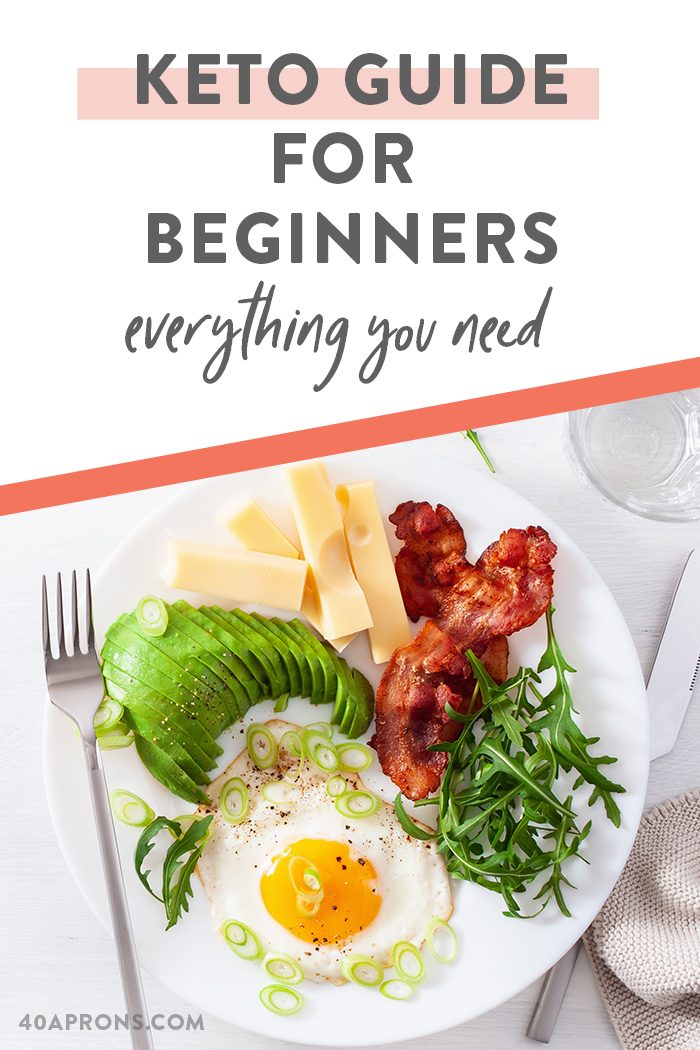

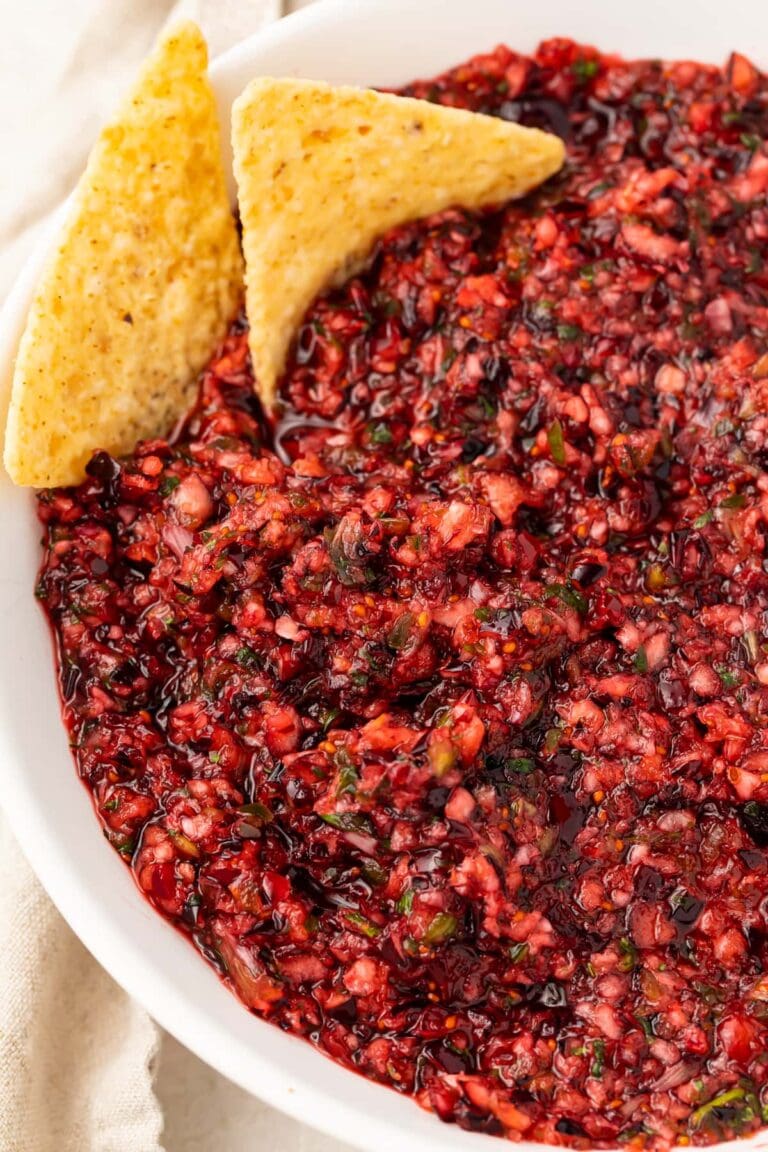
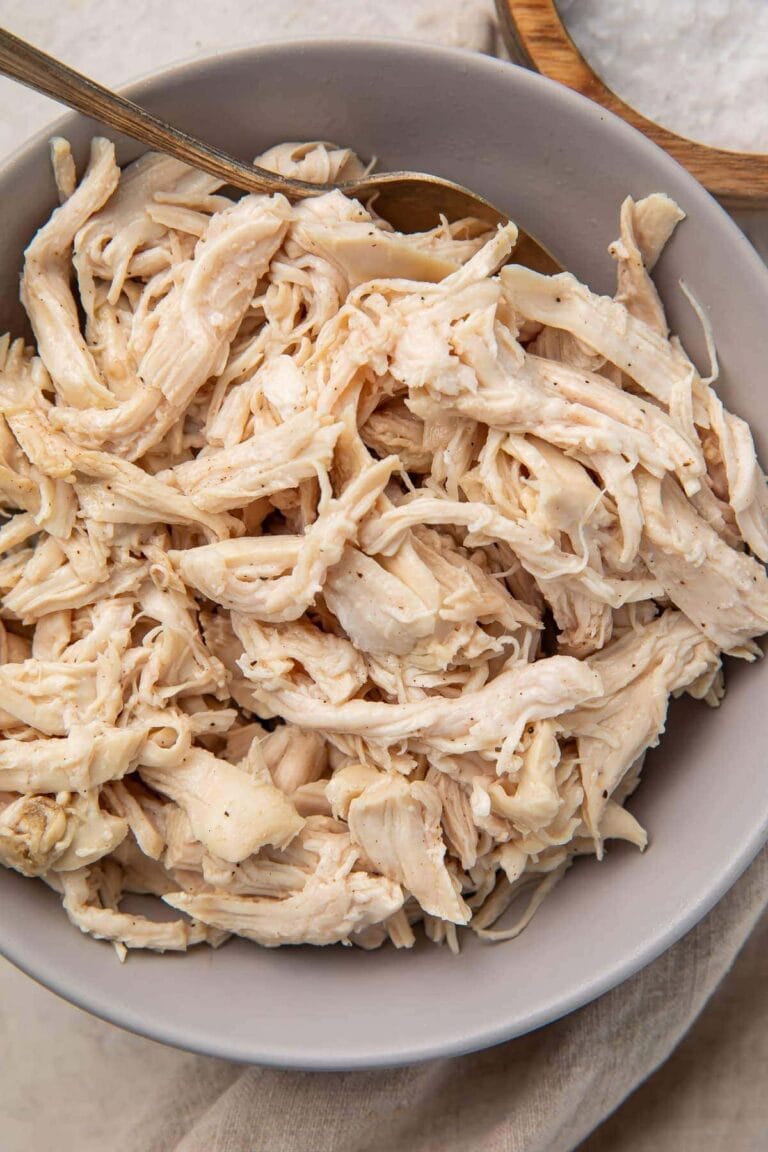
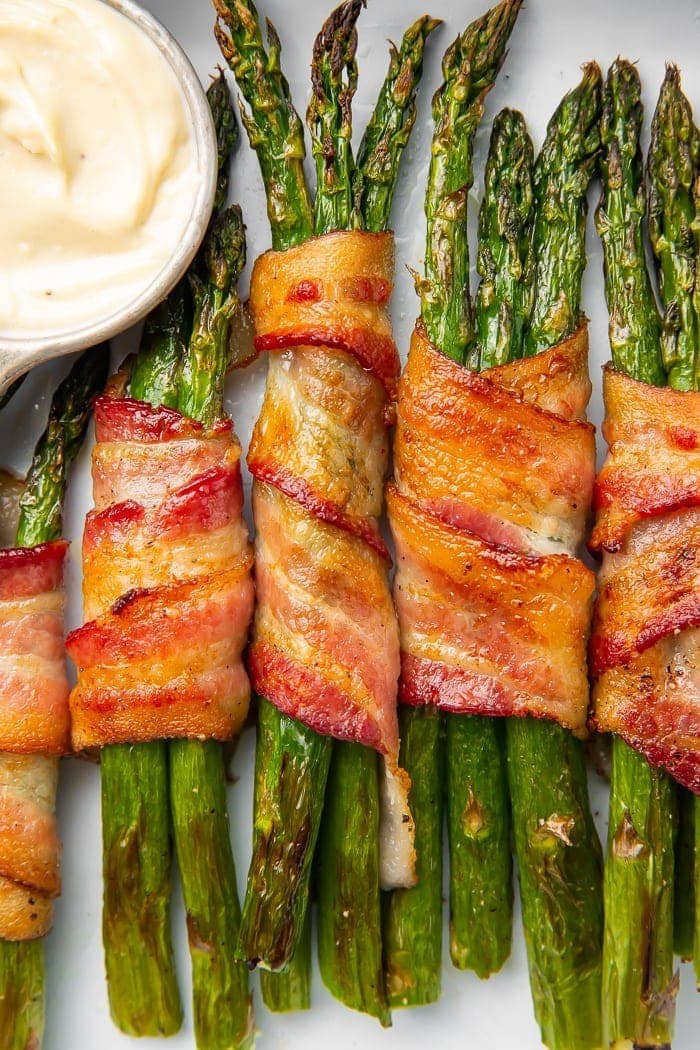
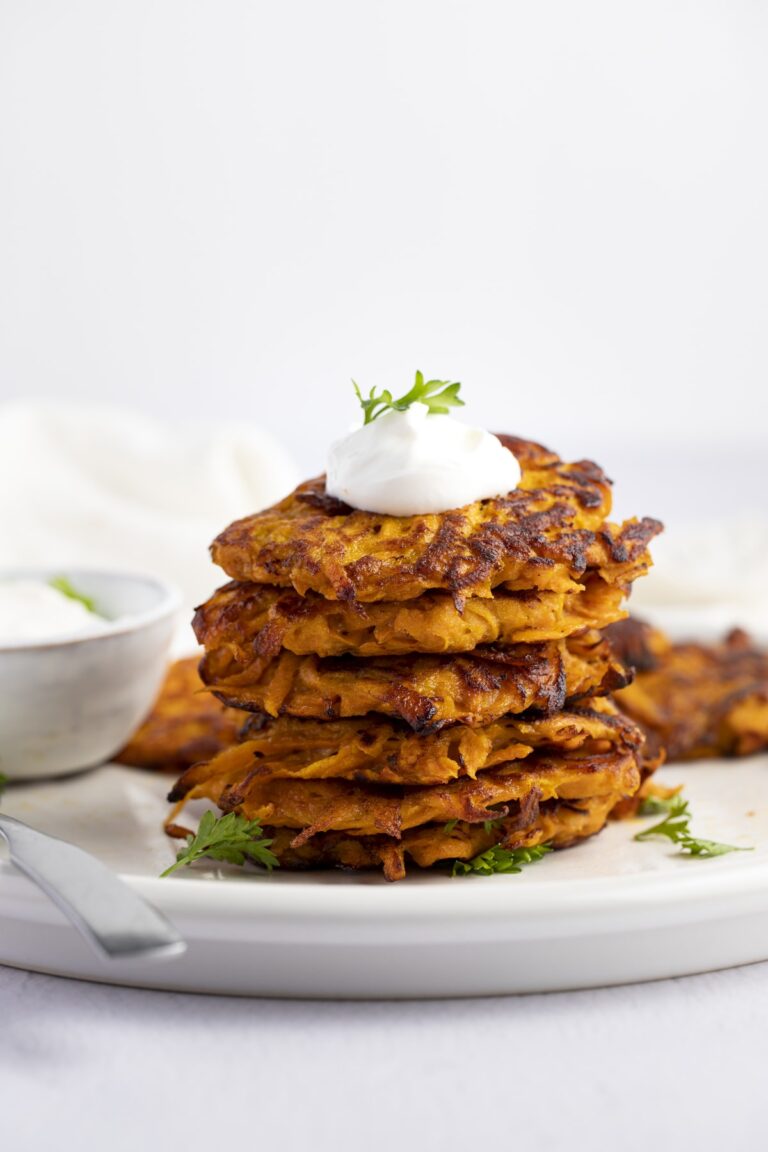











Thank you for all the keto info and recipes. Do you know what the correlation between your hip and back pain going away after you stopped the keto diet?
Cheryl says, “I believe I was lacking the micronutrients I had been getting from eating a wide variety of plant foods to support my macro-balanced diet. The first day I stopped keto, I ate a large plate of broccoli and I had zero pain from then on! I tried supplementing with potassium and other minerals and electrolytes, but nothing worked as well as the whole foods.”
Thank you for this article. I have been trying keto-vegan for months and usually ends up in backslide due hunger and cravings. The advice on what is allowed as a keto-vegan is now clear.